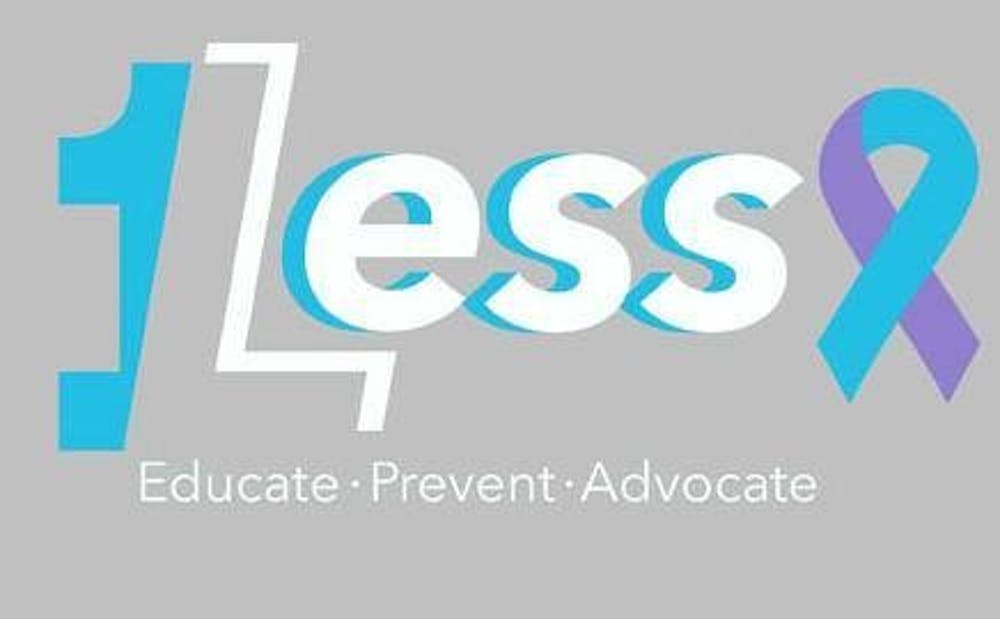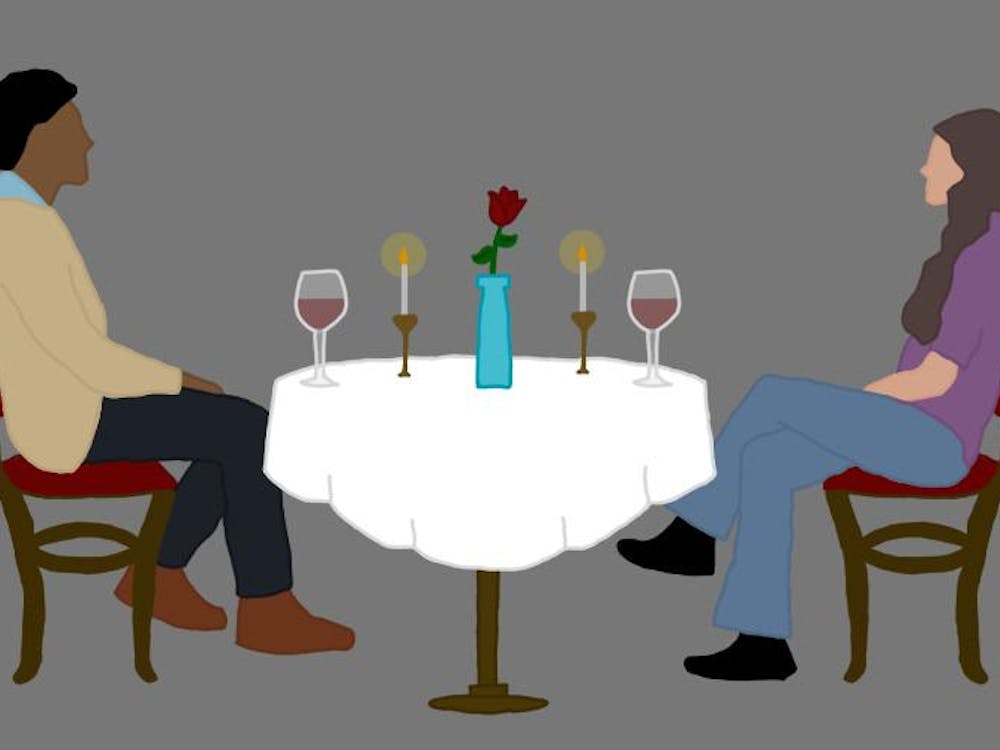The bystander effect describes the human tendency to remain uninvolved in a crisis, with the assumption someone else will intervene. Documented across psychology literature, the effect is something several student groups are working to combat.
Members of One Less and One-in-Four, both student-led sexual assault prevention groups, emphasize the importance of being an active bystander. The groups work to educate students about the danger of ignoring a potentially harmful situation and advocate bystander intervention within the University community.
Peer educators say the first step in being an active bystander is recognizing a potentially harmful situation, particularly by paying attention to body language. For example, if someone is crossing their arms or turning away from someone they are talking to, they may be uncomfortable with the situation.
“I think we can talk all we want about structural and other cultural changes, but it starts with stepping up and not being afraid to lose a little bit of our social capital to make sure everyone at our school stays safe,” said fourth-year College student Will Cadigan, co-chair of the Sexual Violence Prevention Coalition. “By being active bystanders, we can show that we care about this issue and we will be there to support [survivors] no matter what.”
After evaluating your surroundings, advocates say your intuitions can be strong signals about dangerous surroundings.
“Maybe you were a little bit wrong, [but] does it matter? … No,” said Emily Renda, project coordinator for Sexual Assault Response and Prevention in the Dean of Students Office. “At the end of the day, it doesn’t really harm anybody. It might be a little bit embarrassing, but I think we can all benefit from learning to be embarrassed more often.”
In presenting on bystander intervention, peer education groups teach the "Three Ds" along the spectrum of bystander behavior: Direct, Delegate and Distract.
“Direct” advocates confronting the person involved in the situation.
“If you’re a person who feels comfortable going up and saying, ‘Hey is everything OK?’ that’s great; that is a part of the community of trust and really fosters our strong community, but you can do whatever you feel comfortable doing,” Cadigan said.
“Delegate" asks individuals to find someone else who may be more capable of handling the situation. This can range from alerting a bartender of a suspicious situation to calling 911.
“I can’t tell you how many Charlottesville police officers and UPD officers have told me, ‘We would always, always prefer that somebody called us rather than didn’t. We would rather show up and have nothing be wrong than show up and [see] something terrible happened,’” Renda said.
The third D, “Distract,” involves doing something creative to intervene in a potentially harmful situation.
“One of my favorite distractions is, if it’s a friend of yours, go up and say ‘help me find my phone or my wallet,’” Cadigan said. “It makes them leave with you and creates a real pause.”
Renda says bystander intervention does not necessarily mean taking action before an event has happened. Though prevention is ideal, if a traumatic event has occurred, an important form of intervention is being a supportive friend.
“Being an active bystander means stepping in to say, ‘Hey are you OK? I noticed that you seemed a little off today,’ or ‘I am here for you,’” Renda said.
Peer educators also emphasize how part of being an active bystander is knowing when to take a step back, acknowledge what you are feeling and discover how to best direct your emotions.
“It’s OK to be really confused and angry and [hurt] and frustrated and exhausted,” Renda said. “Every last one of those is a legitimate response to what’s happened in our community.”
After students understand their own emotions, Renda said, they can channel this emotion toward examination of their own actions, words and thoughts to prevent themselves from perpetuating the problem at hand.
“We are all mad about our culture, right? We are our culture,” Renda said. “So what everybody needs to do with that anger right now is look in the mirror and think twice about everything we do that reinforces the culture that we live in.”







